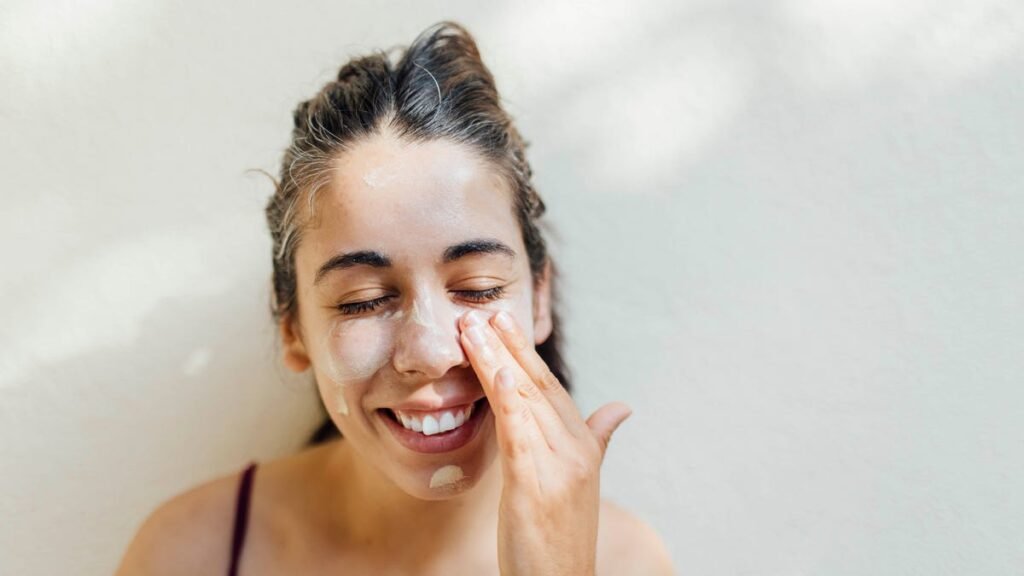The Importance of Sunscreen: Your Essential Summer Health Companion
As you prepare to step out of your home, the usual checklist includes your keys, wallet, and phone. However, an equally vital item often overlooked is sunscreen. Particularly during the summer, sunscreen serves as your best defense against harmful UV rays, known to cause skin cancer and accelerate aging. With various SPF options available, selecting the right one requires some guidance. Here’s what you need to know.
Understanding SPF: What You Need to Know
SPF (Sun Protection Factor) measures how much solar energy is required to cause sunburn on protected skin compared to unprotected skin. According to the US Food and Drug Administration, a higher SPF indicates greater protection.
Is a Higher SPF Really Better?
- A common query is whether higher SPF options provide significantly better protection.
- According to Dr. Steven Daveluy, a board-certified dermatologist, the difference between SPF 30 and SPF 50 is marginal—96.7% blockage versus 98%.
- In practical scenarios, many people apply only 25% to 50% of the recommended amount of sunscreen, making a higher SPF more advantageous in real life.
Tip: Utilize about one ounce of sunscreen to adequately cover your body when wearing shorts and a T-shirt. Remember, a standard 3-ounce tube provides roughly three applications, and most individuals don’t utilize enough.
Minimum SPF Recommendations
The American Academy of Dermatology Association advises choosing a sunscreen with at least SPF 30. Look for:
- Broad-spectrum protection: Safeguards against both UVA and UVB rays.
- Water resistance: Essential for prolonged exposure to outdoor activities.
Finding Your Ideal SPF
- SPF 30 is suitable for most when applied correctly.
- For those concerned about insufficient application, consider opting for SPF 50 or 60 for added security.
The Impact of Skin Tone on SPF Choice
Individuals with darker skin tones possess more melanin, which offers some protection from the sun. However, this does not eliminate the risk of skin cancer. It’s crucial for everyone, regardless of skin tone, to use SPF 30 or higher.
Tinted Sunscreens for Darker Skin
- Tinted sunscreens may be a better choice for darker skin, as they minimize the white cast often left by traditional formulas.
- People with very fair skin should consider higher SPF numbers, especially if there’s a risk of underapplication, as consequences manifest more visibly.
Sunscreen Safety: Recognizing Red Flags
To ensure effective sun protection, follow these guidelines:
- Use a minimum of SPF 30.
- Apply it properly.
- Choose broad-spectrum and water-resistant products.
For those with sensitive skin, consider mineral sunscreens containing zinc oxide or titanium dioxide.
Additional Sun Protection Measures
Incorporate these practices alongside your sunscreen use:
- Wearing a wide-brimmed hat.
- Choosing sun-protective clothing.
- Seeking shade whenever possible.
Dispelling Myths About Sunscreen Safety
Trust in sunscreen, which has a solid safety record backed by decades of research. Be wary of any claims suggesting that sunscreen is unsafe.
Conclusion
As summer approaches, prioritizing sun safety is crucial. Include sunscreen as a non-negotiable item in your checklist, ensuring you select the right SPF, apply it generously, and complement it with other protective measures. Your skin will thank you for it!
For more detailed information on sun safety, visit the Skin Cancer Foundation and the American Academy of Dermatology.


